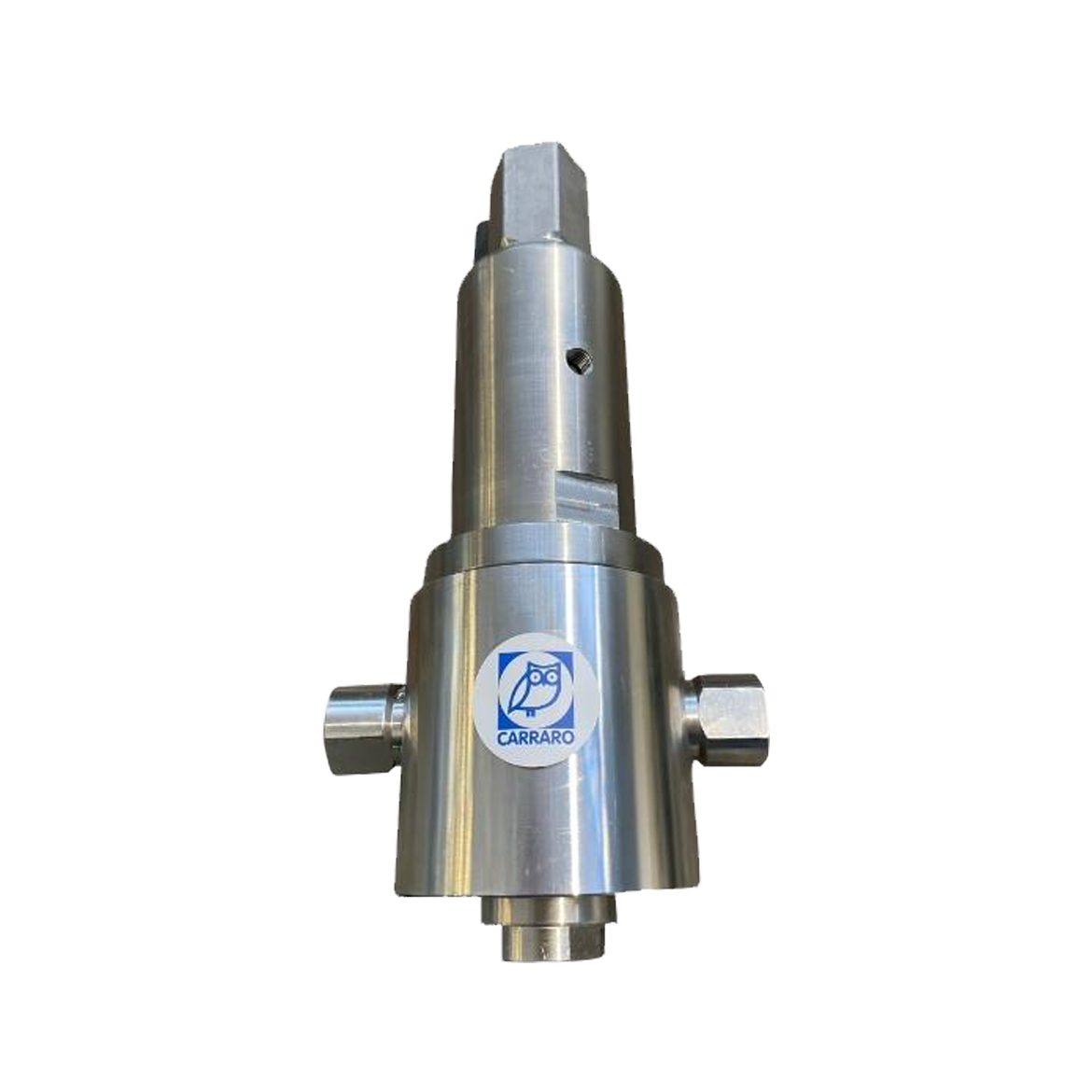How do self acting pressure regulator valves work?
A self‑acting pressure regulator (also known as a self‑operated pressure control valve) uses the process medium’s energy (without external power) to maintain a stable downstream or upstream set pressure. Variants include direct‑acting (spring and diaphragm/bellows) and pilot‑operated types for higher accuracy.
Advantages of self acting pressure regulator valves...
• No external power source needed
• Simple, compact and cost‑effective
• Reliable action using medium’s own energy
• Pilot‑operated types offer high accuracy (± 1–2%)
• Suitable where air/power supply isn’t available
• Low maintenance in stable operating conditions
• Simple, compact and cost‑effective
• Reliable action using medium’s own energy
• Pilot‑operated types offer high accuracy (± 1–2%)
• Suitable where air/power supply isn’t available
• Low maintenance in stable operating conditions
Technical Parameters:
PN16, PN25, PN40, PN64, PN100, CL150, CL300, CL600 (covering up to ANSI Class 600 / 600 lb)
–29 °C to +425 °C for standard diaphragm/piston designs; some high‑temp flexible graphite packs rated up to ~ 550 °C
DN20 to DN300 (½"–12"), with most standard models DN15–DN150 (½"–6")
Stainless steel (CF8/CF8M), carbon steel (WCB, LCB), bronze; inlets, seats and trim may use 304/316 or Stellite overlay; sealing materials include PTFE (–196 °C to +150 °C) and flexible graphite (> 230 °C)
Industry Application:
Media Type:
















